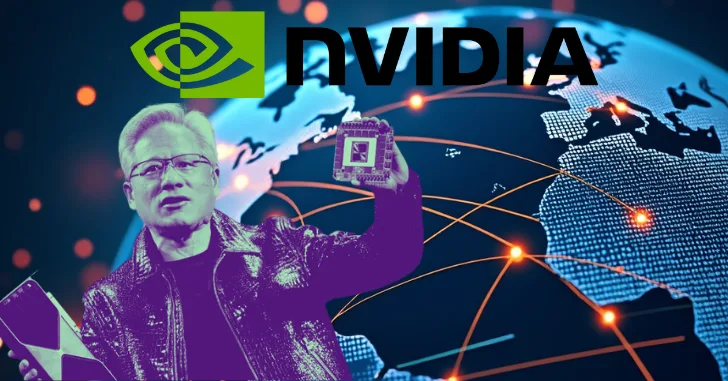In the first quarter of fiscal year 2025, Nvidia reported a revenue of $44.06 billion, marking a 69% increase year-over-year. The data center segment contributed $39.1 billion, a 73% rise from the previous year, driven by escalating demand for AI infrastructure. New York Post
Navigating Export Restrictions: The China Conundrum
U.S. export controls have posed significant challenges for Nvidia, particularly concerning its H20 AI chips. The company faced a $4.5 billion charge due to unsold inventory and missed out on $2.5 billion in sales during the quarter. Looking ahead, Nvidia anticipates an $8 billion revenue impact in the next quarter due to these restrictions.
CEO Jensen Huang criticized these export policies, stating they have inadvertently accelerated China’s domestic chip development, thereby intensifying competition for U.S. companies. The Times
Cloud Providers: The Backbone of Nvidia’s Revenue
Major cloud service providers—Microsoft Azure, Google Cloud, Amazon Web Services, and Oracle Cloud Infrastructure—continue to be significant contributors to Nvidia’s data center revenue, accounting for approximately 50%. Data Centre Magazine
These companies are rapidly adopting Nvidia’s Blackwell GPUs to meet the growing demand for AI services. For instance, Microsoft has deployed tens of thousands of Blackwell GPUs, processing 100 trillion tokens in the first quarter alone.
Blackwell Architecture: Powering the AI Revolution
Nvidia’s Blackwell GPU architecture, launched in Q4 2024, is designed to handle the increasing computational demands of AI applications. The architecture introduces fifth-generation Tensor Cores and supports new data formats like MXFP4 and MXFP6, enhancing efficiency in low-precision computations. Wikipedia
The Blackwell Ultra, an enhanced version with additional memory and performance capabilities, is set to ship in the current quarter, promising further advancements in AI processing.
The Shift to AI Inference: A New Frontier
The AI industry is transitioning from training models to inference—deploying models to make real-time decisions. This shift requires significantly more computational power. Huang noted that modern AI models need to generate more tokens to perform reasoning tasks, necessitating “a hundred, a thousand times more” computing power compared to earlier models. Entrepreneur
This surge in inference demand positions Nvidia’s GPUs as essential components in the deployment of advanced AI applications.
Strategic Outlook: Navigating Challenges and Opportunities
Despite the challenges posed by export restrictions, Nvidia remains optimistic about its growth trajectory. The company is exploring options to develop compliant products for the Chinese market and is expanding its global footprint with AI infrastructure projects in regions like Saudi Arabia and Taiwan. Business Insider
Analysts maintain a positive outlook on Nvidia’s long-term prospects, citing its technological leadership and the growing demand for AI capabilities across various sectors.





